A riddle that fell like a stake into the ground
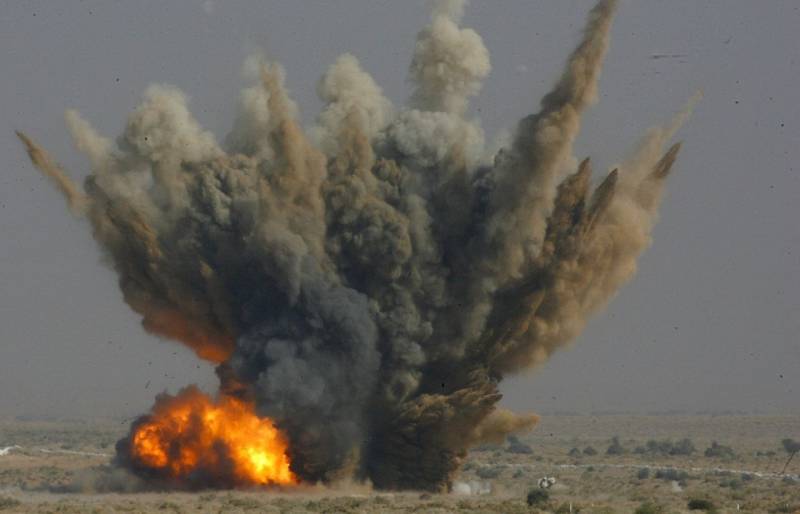
Both here and in the West, many today are asking the question “What was that all about?” Looking at the video from the Bryansk region. The most efficient bloggers have already managed to raise a cry that it was the “Shadow of the Storm” that smashed the sawmill, but those smarter and calmer began to wait and figure it out.
Rocket from S-200
And indeed, the surveillance camera that filmed the moment the rocket arrived from the sawmill, although it gave an image so-so, but even from it it was clear that this was not Storm Shadow. This is something else, with a sharper nose and large wings-rudders in the tail section. That is, definitely not a British rocket.

The real experts, with some confusion, said that "this is very similar ... to a missile from the S-200." And, probably, the first ones who said themselves were afraid of what they voiced.

To begin with, let's just look at the S-200 complex and its missiles, and then we will try to draw some conclusions based not on emotions.
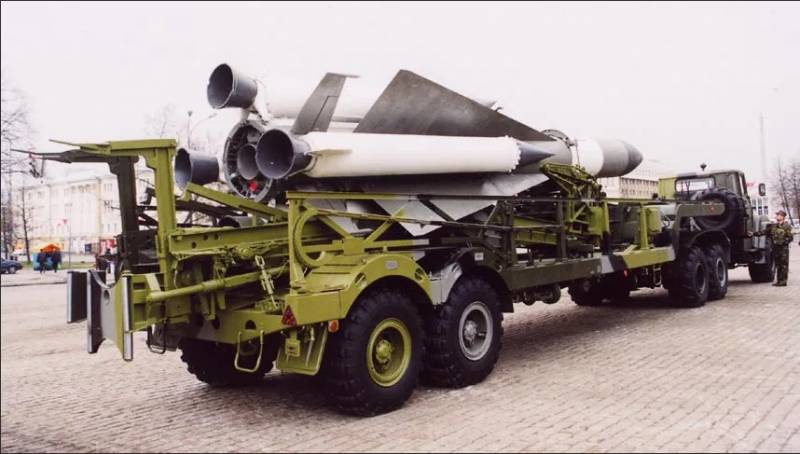
Let's start with the fact that structurally the S-200 air defense system was not able to work on ground targets. That is, theoretically, of course, it was possible to send a missile at a ground target, but for this it had to fall into the field of view of the ROC, the target illumination radar.
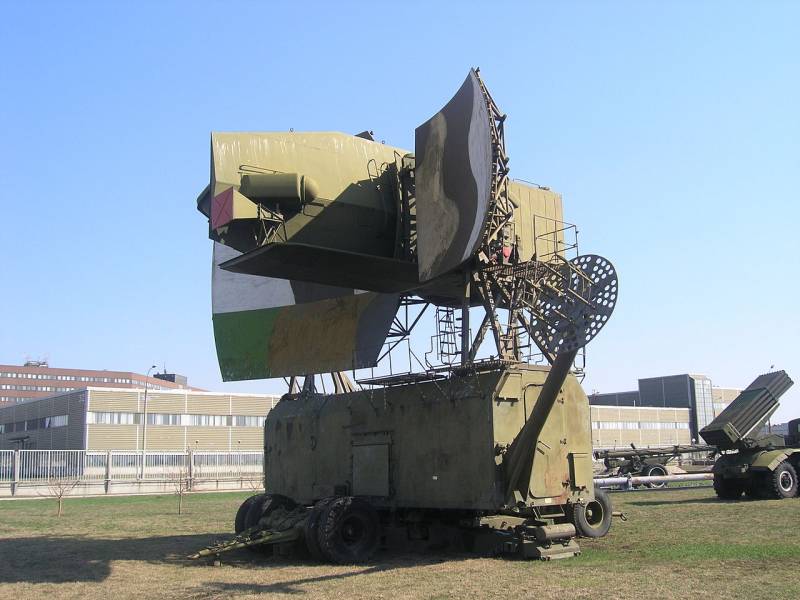
The 5V21 missile in any modification had a semi-active homing head, which worked to receive the reflected signals of the ROC from the target. Next, the control machine developed commands for the autopilot to aim the missile at the target. I emphasize that the target should have been in the beam of the Russian Orthodox Church until the warhead of the missile was blown up. This is important, since it is not so easy to provide such conditions for a ground target.
Early warning radars from the S-200 complex of the P-14, P-35 types had an excellent detection range, from 400 to 600 km (S-200 was a long-range complex), early warning radars 5N87 / 5N87M and P-15M worked to detect low-flying targets at a distance of up to 120 km, but it is worth remembering that negative viewing angles are not for radars from the 50s and 60s of the last century.
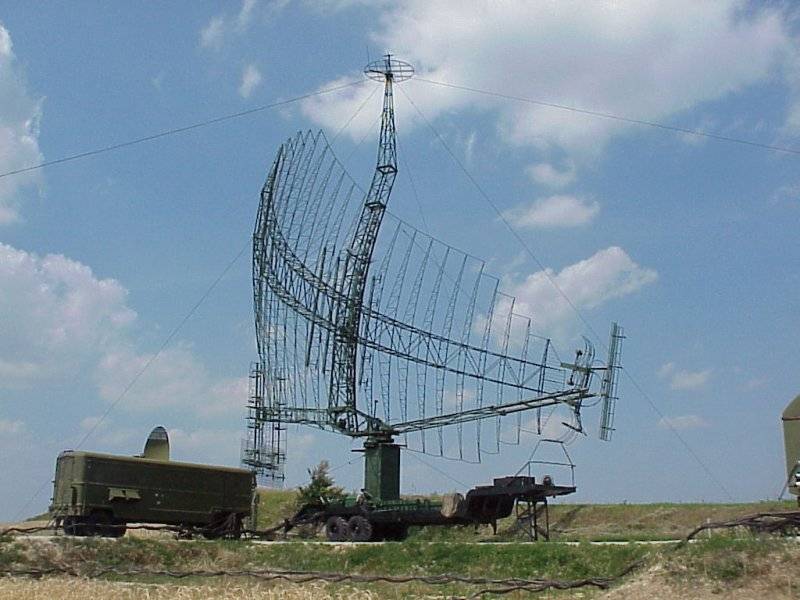
Even the modernized S-200M Vega-M complex did not take targets that flew at an altitude of less than 300 meters.
That is, it was practically impossible to hit a ground target, and even in relief, with the help of all the equipment of the S-200 complex. With the exception of one point: if the complex is installed at a dominant height so that the ROC sees the target, then yes, it is possible.
How in this case would look at the height of the antenna of the same radar "Lena", a width of more than 30 meters and a height of more than 10 - the question. I only know that I would not like to be in the control room of this radar station in the combat zone.
Moving on.
Warhead
It is in the 5V21 rocket (there are practically no others left in the world) high-explosive fragmentation with spherical submunitions. To put it simply - 21 pieces of steel balls with a diameter of 000 mm and 9,5 balls with a diameter of 16 mm. That is, a total of 000 striking elements.
The mass of explosives that scatter these thousands of balls in space is 90 kg of a simply excellent mixture of TG-20/80, 20% TNT and 80% RDX. At the time of its creation (the end of the 60s of the last century), it was the best that could be invented at all. This cocktail, during the explosion, accelerated the balls to 1 m / s, which would be enough for any aircraft for a fatal landing.
And all this splendor scattered in the air in two cones with static angles of 120 degrees. And accordingly, it practically did not play a role at what angle the target and the rocket met. For the second half of the XNUMXth century, a very serious weapon. And if you remember that there were also missiles for using a special warhead, that is, warheads with a nuclear charge ...
In the 5V21 rocket, a 5B14Sh high-explosive fragmentation warhead is installed, the affected area of which is a sphere with two conical cutouts in the front and rear hemispheres.
The angles at the tops of the expansion cones of fragments are 60°. The static angle of expansion of spherical striking elements (PE) in the lateral plane is 120°. Such a warhead, in contrast to the warheads of the first generation missiles, which have a narrowly directed PE expansion field, provides target coverage under all possible conditions for the missile to meet the target.
The striking elements of the warhead are spherical steel elements with an initial expansion velocity in statics of 1 m/s.
Well, do not forget about the special warhead SBCh TA-18, that is, a nuclear warhead to destroy mass targets, missiles 5V28N. This, thank the circumstances, is not in Ukraine, and will not be.
In the end, what do we see?
Air defense systems with a missile that have long crossed a half-century milestone. Considering how development is going aviationthat the means of counteraction, the complex is hopelessly outdated. Plus, given the initial impossibility of action against ground targets, we can safely say that an attempt to strike targets on the ground will be constructively doomed to failure.

And let's think about this question: we have a rocket that can't fly down, a radar that can't look down from the horizon, a warhead that hits everything with balls. What is the value of such a missile when used, shall we say, against real targets?
Under the real goal we have by no means a sawmill. Tanks and armored vehicles - no. Artillery and self-propelled guns - no. Fortifications - no. The only thing that is available is manpower and unarmored vehicles such as trucks. Well, the maximum - some kind of armored car, but even then - the meaning of a hole in the roof?
Meanwhile, in the Bryansk region, it got very bad. Clearly beyond 90 kg. The sawmill was demolished very efficiently. What could happen if the rocket hit something more important and meaningful is the question.
Yes, Russia uses S-300 air defense systems, which have not the best, but surface-to-ground capabilities, to strike large static ground targets in Ukraine. The temptation to use the old S-200s is understandable, which, on the one hand, are there, and on the other hand, they are of little use.
In general, up to this point there was no mention of the use of the S-200 by both sides. The missiles quietly gathered dust in warehouses in anticipation of processing and disposal. And then this ... release the "Kraken" ...
It is appropriate to recall the complete archaism of the 5V21 propulsion system. The launch is carried out with the help of four solid-propellant boosters on the rocket body, and then a main engine running on liquid two-component fuel goes into action. The oxidizer is a mixture of AK-27 based on nitric acid, and the fuel is TG-02 "Product Samin", a descendant of the famous German rocket fuel "Tonka-250". Everything is utterly poisonous and with problems in storage and transportation.
And to this we add three radars in the kit. And all this needs to be delivered somewhere, placed, equipped and ... In general, there are more questions than answers.
However, surveillance cameras in the village of Bytosh, where the TA missile landed, clearly gave information, thanks to which we can say the following: the arrived missile verysimilar in appearance to 5V28. But still, this is an anti-aircraft missile, which was supposed to work on aircraft at long distances. And - importantly - at high altitudes.
Plus, there was an incident in the Morozov region of the Rostov region and something incomprehensible was shot down north of the Taman Peninsula.
What does it all say?
The fact that the use was almost at the same time in the territories of the Bryansk, Rostov regions and the Krasnodar Territory, and testifies to several things at once, the main of which is that the S-2013 systems, decommissioned back in 200, returned to service. Another question is in what capacity.

We have already come to the conclusion that 5V21 is, to put it mildly, not suitable for attacking ground targets. So - it just needs to be improved! By adding an elementary navigation unit capable of guiding a rocket either by satellite signals (this is easier) or by inertial reference. Aliexpress will easily supply both. From drones.
And the rest is already there. A very good body, almost eternal solid fuel boosters, rudders, autopilot, control system, a place for warheads. And yes, rocket engines and the simplest propellant that can be pictured in almost any chemistry lab.
And then we already have something somewhat different than the 5V21 anti-aircraft missile, although outwardly it is very similar to it. But it can fly differently than an anti-aircraft one and, judging by the explosion, there is also complete order with the warhead, that is, the internal volume of the warhead can be used to the fullest and fill 200-250 kilograms of some kind of explosive with an elementary contact-type fuse.
Agree, we observed something like this at a sawmill in the Bryansk region. It bangs, well, very impressive.
And this is not a single invention of handicraftsmen in the garage. This is quite normal work in some factory. According to the simplest calculations, about seven such missiles have already been intercepted, so somewhere people are tirelessly working on transforming 5V21 into something so different and destructive.
In general, everything is simple here: the complexes use stationary launchers and therefore are not very mobile, but are only suitable for protecting static targets from high-flying threats. The issue of reconnaissance and elimination is not as complicated as it seems. The S-200 is not a Hymars, such a launcher, even without three radars, is much easier to find. The main thing is to look carefully.

As of 2010, Ukraine was reported to still have four active S-200 batteries providing air defense for most of the country, and 12 more inactive sites. Further reports say the S-200 was withdrawn from service in 2013, but it is likely that Ukraine has a large stockpile of these missiles, as well as potentially several locations from which they could be launched.
It is also possible that Ukraine has developed some kind of mobile or more rapidly deployable launcher that would allow these missiles to be launched from different locations.
It is also possible that Ukraine could even get missiles for the S-200 from other sources. Although no such transfer has been announced, potential donors exist in Europe, with Bulgaria and Poland being the current operators. Poland, in particular, has previously supplied Soviet-era air defense missiles to Kyiv.
How serious is it?
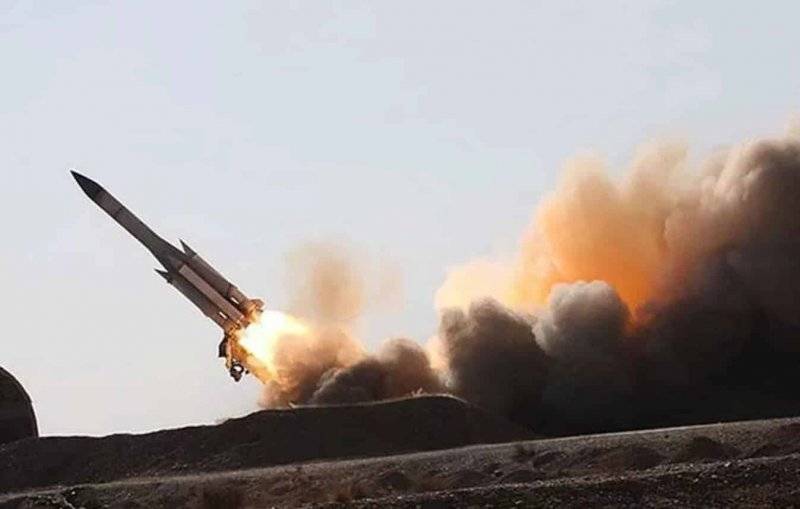
On paper, in theory - yes, 5V21 could fly up to 300 km. What accuracy the new equipment can provide is a question. I wouldn’t count on the old, there are enough stories about S-200 missiles leaving the trajectories, in general, working at long distances based on the reflected signals of one’s ROC was good 50 years ago, today it’s a so-so principle. Very so-so.
In addition, a rocket, even if it has a good speed (up to 3 km / h), is an excellent target: both in the radio range and in the thermal range. 600 years ago, no one even thought about thermal protection and minimizing the thermal footprint, and one can only guess how gorgeous a rocket 50 meters long looks in the radio range. Looks good. That is why seven out of seven missiles were seen and neutralized.
However, they also waste the resource of attention, and interceptor missiles are also valuable. However, alterations such as those we saw in the case can serve as a kind of decoy, diverting attention. Well, if such a target suddenly breaks through air defense, it can also cause some damage.
However, our opinion is that the accuracy of these missiles will be very much below average if satellite guidance is used, perhaps better than nothing. The rocket is very capricious and unstable to external influences. Nevertheless, it is capable of carrying out a certain combat effect both due to its warhead and due to extremely active fuel, which can also be considered as an additional charge.
But half a century old inertial guidance systems (and who would mess around pairing an ancient autopilot with the latest system?) and a semi-active radar homing head are not the best set. Still, it is extremely unlikely that in most cases it will be possible to illuminate a ground or surface target for a missile. Yes, the combination of inertial and radio command guidance can theoretically provide sufficient accuracy to hit larger and, most importantly, static targets like the Crimean Bridge, but...
But this is no longer for artisanal processing.
It is clear that today the Armed Forces of Ukraine are in desperate need of tactical and cruise missiles, but they have nowhere to get them from. "Haymars" are delivered by the piece, it will not be any better with the French SCALP, of which as many as 50 pieces will be given, it will not be better with the Norwegian missiles. They will, but not enough. And the “Points” have already come to an end, and those that remain are a great danger to their own.
Something must be done, and enterprising Ukrainians, who have absolutely nowhere to go, will perform miracles of technical fanaticism, adapting everything that is possible to fit their needs. Including 5V21.
But we know that historically ersatz has always been worse than what it tried to replace. This also applies to MT-LB with attached towers, and drone with an RPG-7 warhead taped with tape. This will also be effective for an anti-aircraft missile from the S-200, from which they tried to make either a tactical or a ballistic missile of an incomprehensible range.
I think the result here will be the same: we saw it. A stake in the ground and then a big and loud “Everything!”. And this will be a natural result. Although it is impossible not to pay tribute to the obstinacy of Ukrainian engineers.
But the fact that the launch positions of the RF Armed Forces will be taken for tracking and further defeat - it seems that such an order has already been given. Let's look at the performance.
Information